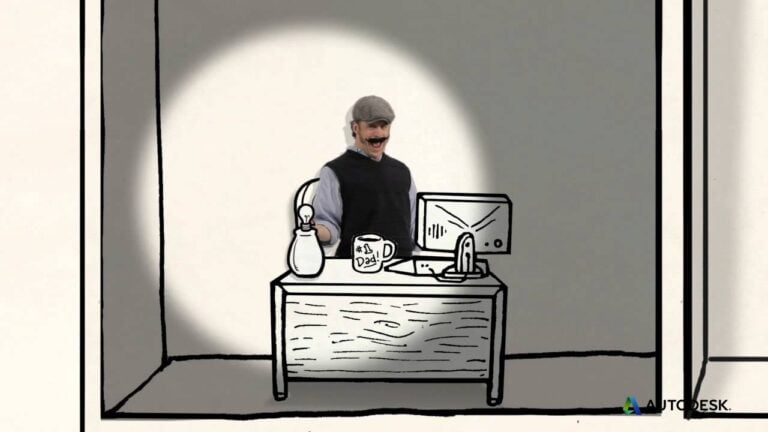In today’s world, sustainability is a key consideration in all aspects of design, including lighting. As we strive to reduce our environmental impact and energy consumption, lighting design plays a crucial role in creating spaces that are both visually appealing and eco-friendly. From LED technology to daylight harvesting techniques, there are numerous innovative approaches to sustainable lighting design that can enhance the aesthetics of a space while also benefiting the planet. Join us as we explore the exciting world of sustainability in lighting design and discover how we can illuminate our world in a more sustainable way.
What are ways to make lights sustainable?
Switching to LED light bulbs is a simple and effective way to make your lighting more sustainable. These bulbs not only use significantly less energy, but they also have a much longer lifespan compared to traditional bulbs. With the added benefit of lighting up faster, LEDs are a smart choice for both the environment and safety.
By investing in LED technology, you can reduce your energy consumption by up to 90% while enjoying a longer-lasting light source. This not only helps to lower your carbon footprint, but it also provides a more efficient and reliable lighting solution for your home or business. With the potential to save both energy and money in the long run, making the switch to LED lights is a sustainable choice that benefits both the environment and your wallet.
What sustainable materials can be used for lighting?
When considering sustainable materials for lighting, it’s important to prioritize recycled and recyclable options. Using materials like scrap cardboard, glass waste, and salvaged wood not only reduces waste but also gives new life to these materials. Additionally, responsibly sourced natural materials like bamboo, wood, and shells can also be used to create eco-friendly lighting solutions.
By choosing sustainable lamp materials like recycled cardboard, glass waste, and responsibly sourced natural materials, we can make a positive impact on the environment. These materials not only reduce waste but also promote the circular economy by giving new life to discarded materials. With a focus on recyclability and responsible sourcing, sustainable lighting solutions can be both environmentally friendly and aesthetically pleasing.
What type of lighting is the most sustainable?
LEDs are considered to be the most sustainable type of lighting available today. They are not only popular for their energy efficiency, but also for their long lifespan compared to traditional incandescent bulbs. By choosing LEDs, you are not only reducing your energy consumption, but also minimizing the frequency of bulb replacements, making them a cost-effective and environmentally friendly lighting option.
Illuminating the Future: Sustainable Lighting Solutions
Looking to the future, sustainable lighting solutions are becoming increasingly important in our efforts to reduce energy consumption and environmental impact. LED technology, for example, is revolutionizing the way we illuminate our homes and businesses, offering long-lasting, energy-efficient options that require less maintenance and produce less waste. By embracing these sustainable lighting solutions, we can not only save money on energy bills, but also contribute to a brighter, more environmentally friendly future for generations to come.
Bright Ideas for Eco-Friendly Lighting Design
Looking to illuminate your space with a sustainable touch? Look no further than these bright ideas for eco-friendly lighting design. From energy-efficient LED bulbs to stylish solar-powered fixtures, there are plenty of options to choose from that will not only enhance your space but also reduce your carbon footprint. Embrace the beauty of eco-conscious lighting solutions and make a positive impact on the environment while brightening up your home or office.
Lighting the Way to a Greener Tomorrow
In today’s world, the need for sustainable and eco-friendly lighting solutions has never been more pressing. As we strive towards a greener tomorrow, it is essential to adopt lighting technologies that reduce energy consumption and minimize carbon emissions. LED lighting, with its energy efficiency and long lifespan, is lighting the way towards a more sustainable future. By making the switch to LED lighting, not only can businesses and households save on energy costs, but they can also significantly reduce their environmental footprint. From commercial buildings to residential spaces, LED lighting is leading the charge in creating a greener and more sustainable tomorrow.
With the growing concern for environmental conservation, the lighting industry is continuously innovating to provide eco-friendly solutions. LED lighting is at the forefront of this movement, offering a sustainable alternative that is both efficient and long-lasting. As we look towards a greener tomorrow, it is crucial to consider the impact of our lighting choices on the environment. By embracing LED lighting, we can significantly contribute to reducing energy consumption and combating climate change. Together, we can illuminate a path towards a more sustainable future, lighting the way for generations to come.
Enlightening Perspectives on Sustainable Lighting Practices
Discover a world where sustainability meets innovation with enlightening perspectives on sustainable lighting practices. From energy-efficient LED bulbs to smart lighting systems, the possibilities are endless when it comes to reducing our carbon footprint and creating a more environmentally friendly future. By incorporating these practices into our daily lives, we can not only save energy and money, but also contribute to a healthier planet for generations to come. Join us on this journey towards a brighter and more sustainable tomorrow.
In summary, sustainability in lighting design is crucial for reducing energy consumption, minimizing environmental impact, and creating healthier and more efficient spaces. By integrating renewable energy sources, utilizing energy-efficient technologies, and prioritizing the use of natural light, designers can contribute to a more sustainable future. It is imperative for the industry to continue to prioritize sustainability in lighting design to ensure a brighter and greener tomorrow.



